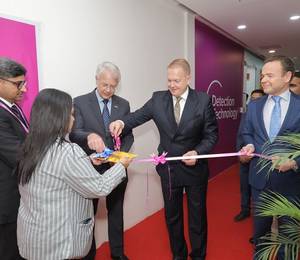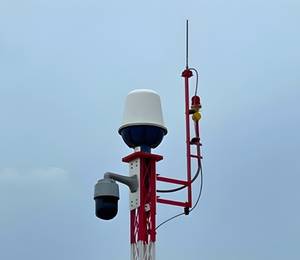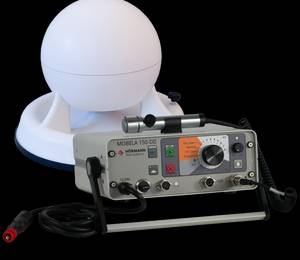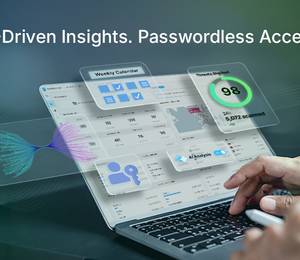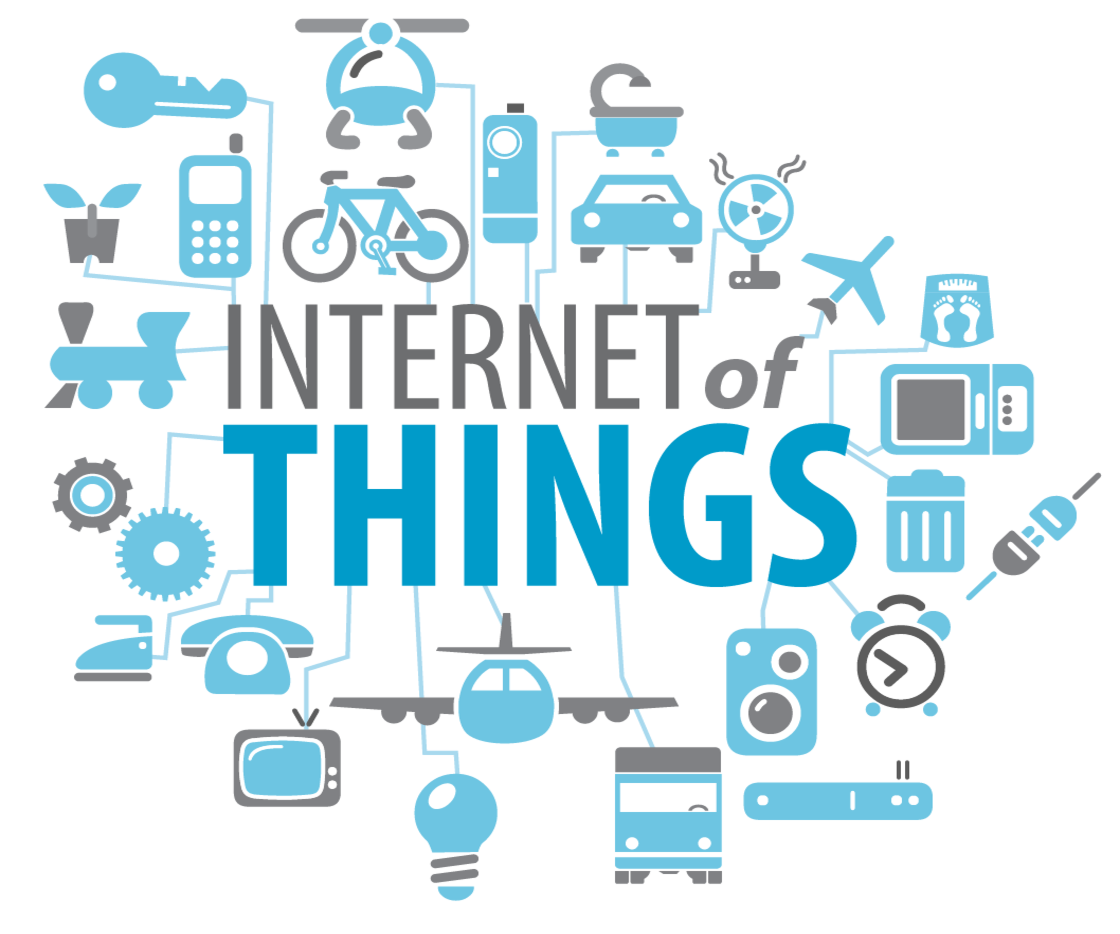With seemingly endless possibilities, the proliferation of Internet of Things devices is significantly impacting the built environment and greatly expanding the physical security ecosystem. From HVAC to lighting to AV, every connected device within a building has the potential to interact with physical security in new and exciting ways that will result in improved safety, efficiency, comfort and long-term sustainability.
As with any new technology, IoT brings with it some uncertainty about exactly how it will improve and expand upon the capabilities of today’s security systems. The security industry has already undergone a major shift to IP-based solutions, and now security professionals must understand how IoT will change their business yet again so they can evolve accordingly.
Already, the move from automated buildings to autonomous buildings is bringing to light a shift in the way security professionals must think about IoT, especially sensors. While automated technology allows users to pre-determine an individual outcome based on an action, autonomous buildings may have multiple outcomes depending upon the specific action that occurred.
Sensors and connected devices will enhance the security outlook in all spaces, presenting security professionals with many challenges and opportunities. Not only will IoT devices improve the safety and security of environments, data and people, but they’ll have a lasting impact on the productivity and efficiency within the built environment far into the future.
Finding Success in the Connected World
Advanced connectivity and the application of practical, yet innovative solutions will transform the spaces in which people live and work. Successful IoT solutions will be easy to use and deploy, while fully integrating with one another on a secure platform.
IoT will help building occupants stay connected in countless ways and devices must also facilitate daily life without complicating things or getting in the way. Complete integration is key and intelligent devices and sensors will enable physical security to be further managed without human intervention.
In the built environment, components are permanently installed so it will be more important than ever that systems are robust enough to last for the lifecycle of the rest of the products in that environment.
As connected devices become more relevant, facilities must work with trusted partners to identify devices that are easy to use, install and integrate with other systems. Partners will be relied upon heavily as experts in their respective industries, to provide important guidance that will help ensure successful integrations.
Advanced skills and IT knowledge are required to integrate the IoT platform with security applications. Security professionals and end-users will both rely upon the guidance of their partners as experts at risk assessment, vertical market applications and using security technologies.
This intersection of IT with physical security and all other building systems will also challenge departments within an organization to work together and take a less siloed approach. The lines between security and IT departments are already blurred and will further disintegrate with the introduction of more IoT devices.
Working closely with IT departments will be imperative to implementing successful solutions that are also secure. As buildings become smarter and rely more heavily on user-provided data, the integrity of underlying infrastructure is critical to ensuring data is secure.
IoT and the Security Professional
As IoT drives the development of new technologies, devices and opportunities, it’s critical that security professionals understand how this will impact their business and prepare for the future.
IoT greatly expands the purview of security professionals as organizations realize that almost every type of connection has a potential security application. Those charged with protecting an organization’s security will have to learn new skills that stretch into IT and other departments as a building’s infrastructure becomes increasingly connected.
Security professionals that are able to see the power of having connected devices and intelligence at every corner of the built environment will be better able to harness the possibilities and turn them into practical applications. This will allow them to design systems that deliver the most value to organizations and the best experience for users.
By monitoring what’s happening in the IT world, security professionals will be better prepared for what’s coming their way. The evolving level of connectivity opens up many doors and opportunities for security installers to take on larger projects and provide more comprehensive, cost-effective and reliable solutions for their customers.
Preparing for the Future
In order to identify opportunities, security professionals must pay close attention to user experience and built environments in their entirety. Integration opportunities will be found in areas that once had little to nothing to do with physical security. By understanding how lighting, HVAC, AV and power management systems can be integrated, security professionals can position themselves to deliver an exceptional end-user experience and open new avenues for revenue.
The IoT revolution will touch every system within the built environment and will transform the physical security industry and its relationship with IT. By leveraging IoT and adapting to the evolving needs of end users, security professionals can continue to grow their business and expand into areas that were once unfathomable.


